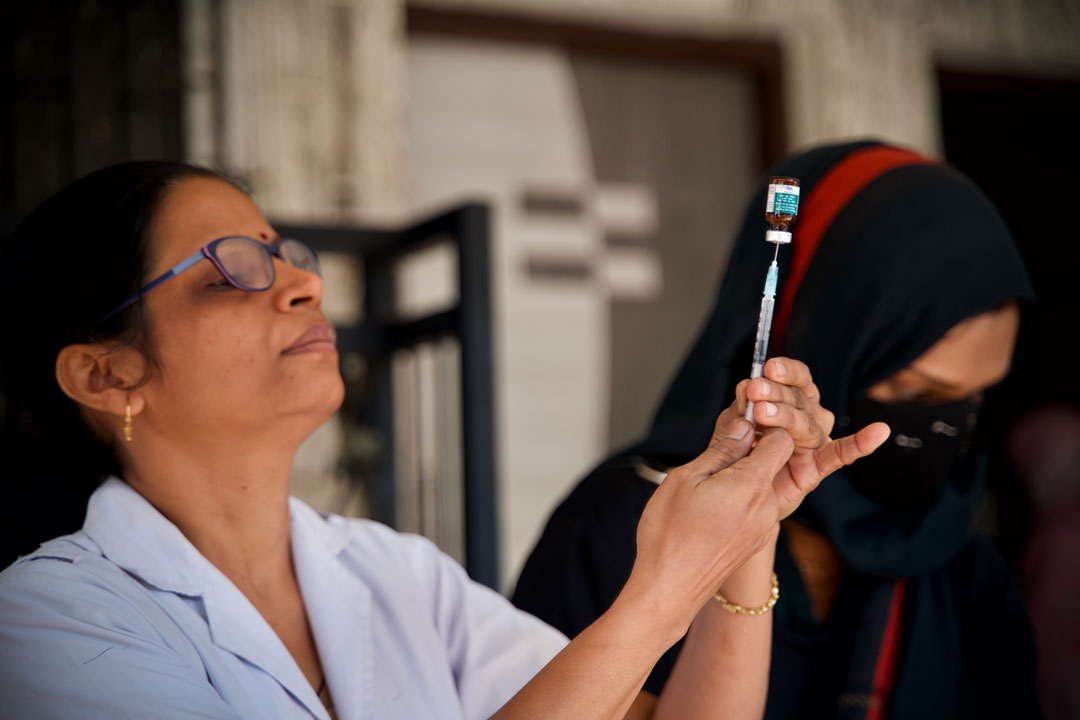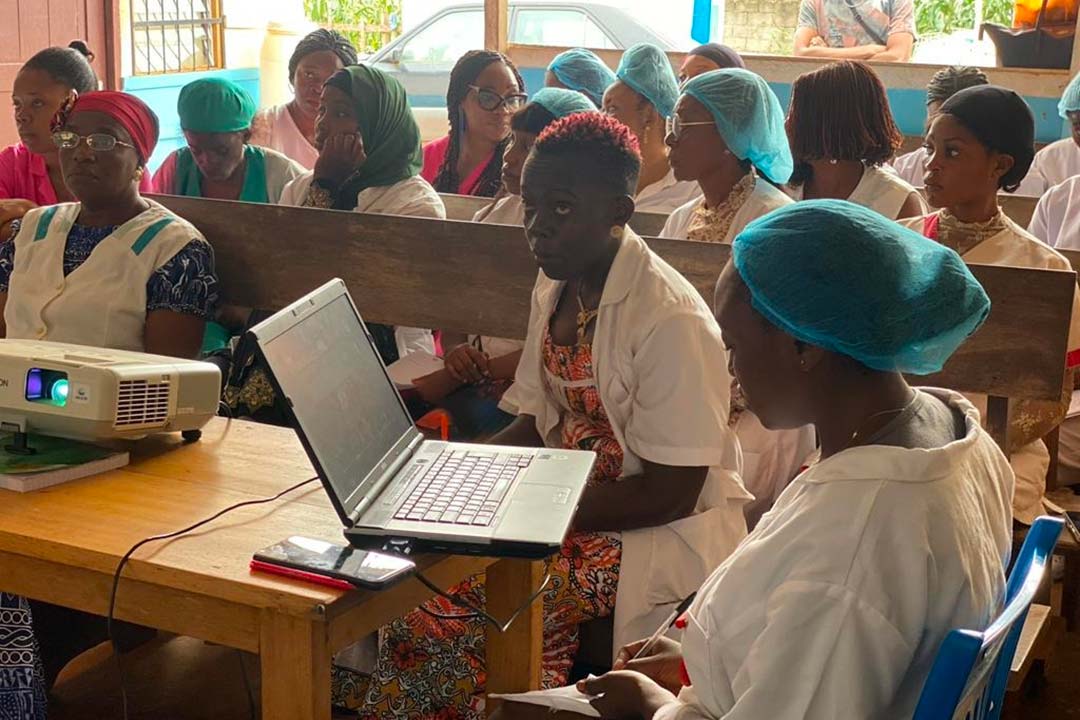What does the new C.1.2 coronavirus variant mean for COVID-19 vaccines?
A rapidly mutating coronavirus variant called C.1.2 is generating headlines around the world. Here’s what we know about it so far.
- 1 September 2021
- 5 min read
- by Linda Geddes

Geneticists in South Africa have issued an alert about a new coronavirus variant which they have been monitoring since May 2021. The C.1.2 variant has captured their interest because it carries a number of genetic mutations similar to those found in other highly transmissible variants which are able to evade the immunity generated by vaccines to some degree. However, there is not yet enough evidence to know whether it spreads more easily or poses a serious threat to efforts to prevent COVID-19 at the current time.
C.1.2 is more mutations away from the original SARS-CoV-2 virus that was first identified in Wuhan than any other variant detected so far.
Where has it been detected?
The new variant evolved from C.1, one of the coronavirus lineages that dominated during South Africa’s first wave of infections in May 2020, but which hasn’t been detected since January 2021. Although it shares some similarities with that original C.1 variant C.1.2 has “mutated substantially” beyond C.1 and the original Wuhan strain of the virus, according to researchers at South Africa’s National Institute for Communicable Diseases, which has been studying it.
The new C.1.2 variant was first detected in the Mpumalanga and Gauteng provinces of South Africa, in May 2021. The following month it was also detected in the KwaZulu-Natal and Limpopo provinces of South Africa as well as in England and China. As of August 13, 2021, it had been found in six of nine South African provinces (including the Eastern and Western Capes), as well as the Democratic Republic of the Congo (DRC), Mauritius, New Zealand, Portugal and Switzerland.
C.1.2 still makes up only a very small proportion of cases in South Africa (around 3% in July, 2021), although they are consistently increasing - the rate of increase is similar to that observed with the Beta and Delta variants in South Africa during early detection.
How does it differ from the original Wuhan Strain?
C.1.2 is more mutations away from the original SARS-CoV-2 virus that was first identified in Wuhan than any other variant detected so far. Its closest surviving genetic relative is the so-called Lambda (C.37) variant, which was first detected in Peru in December 2020 and has been labelled a variant of interest (VOI) by the World Health Organisation (WHO). This means it possesses genetic markers that are predicted to affect its transmission; how well diagnostics, treatments or vaccines work; and/or appears to be responsible for an increased proportion of cases. C.1.2 has not yet been given this designation and contains distinct mutations that set it apart from Lambda, although some of these mutations have also been detected in other variants, such as Delta.
Have you read?
These include the D614G mutation found in the Alpha, Beta, Gamma and Delta variants (first detected in the UK, South Africa, Brazil and India respectively), which is thought to enhance viral replication; the N501Y mutation, also found in Alpha, Beta and Gamma, which is thought to improve spike protein binding to cellular receptors, making the virus more contagious; the E484K mutation also found in the Beta and Gamma variants, which may help the virus to slip past the body’s immune defences by evading neutralising antibodies generated through vaccination or previous infection; and the H655Y mutation also found in Gamma, the function of which is currently unknown.
In addition to these changes, C.1.2 also carries two new and distinct mutations in the spike protein gene: N679K and Y449H, the impacts of which are unclear.
Should I be concerned?
Both the WHO and the South African National Department of Health were alerted to the circulation of C.1.2 in July. The World Health Organisation has not yet labelled C.1.2 a “variant of interest” or a “variant of concern” (VOC) (which is also why it hasn’t been assigned a letter of the Greek alphabet). This means there isn’t yet evidence of significantly increased transmissibility, susceptibility to disease, and/or decreased effectiveness of public health and social measures, diagnostics, vaccines or therapeutics associated with C.1.2.
The Network for Genomics Surveillance in South Africa (NGS-SA) is continuing to monitor the frequency of cases involving this variant, as well as conducting tests to assess the functional impact of the novel mutation it contains.
“While some of the mutations in the C.1.2 lineage have arisen in other SARS-CoV-2 variants of concern or variants of interest, we are being cautious about the implications, while we gather more data to understand virus of this lineage,” the National Institute for Communicable Diseases said.
“Based on our understanding of the mutations in this variant, we suspect that it might be able to partially evade the immune response, but despite this, vaccines will still offer high levels of protection against hospitalization and death.”
It is also worth bearing in mind that new coronavirus variants are constantly emerging, many of which disappear as they are overtaken by fitter variants that are able to transmit faster. The Delta variant has overtaken many other variants in recent months. C.1.2 would have to be very fit to outrun Delta.







